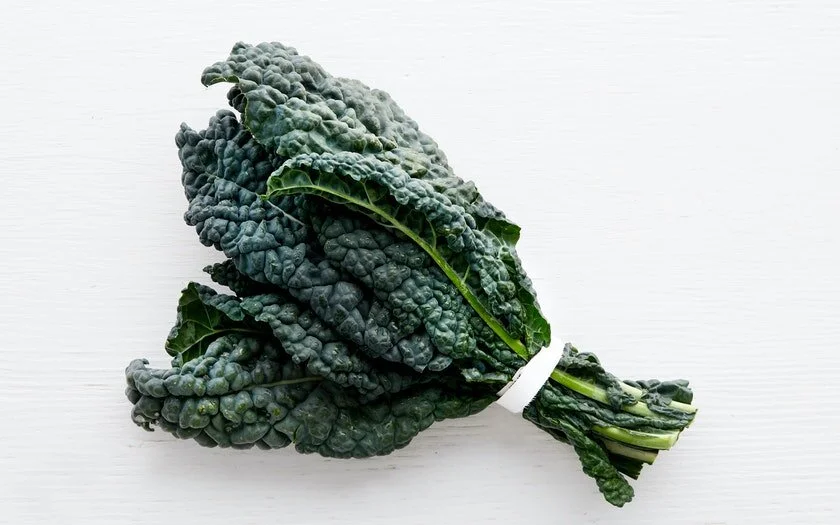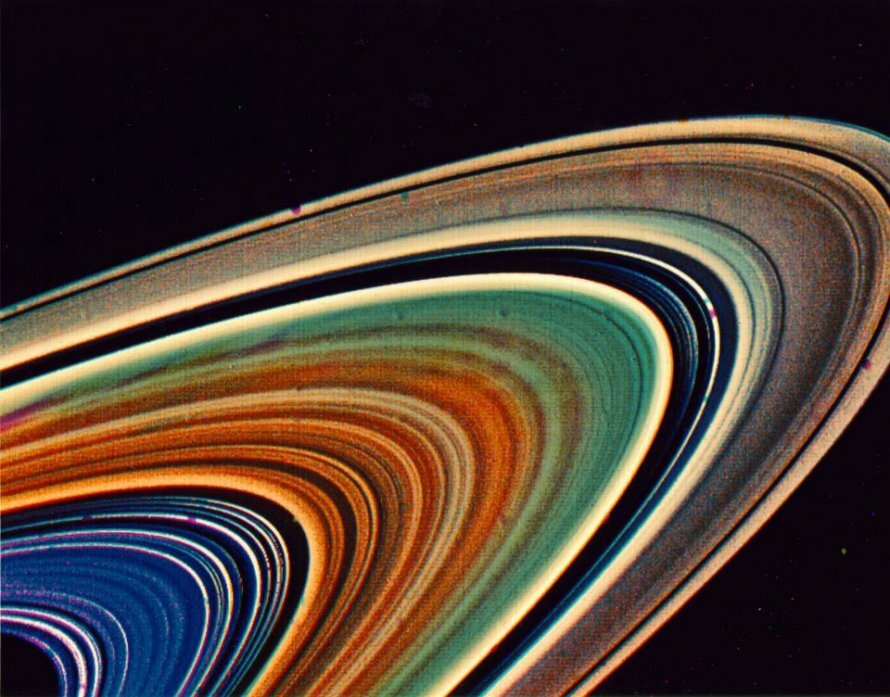AYURVEDA TOOLBOX: The Art & Science of Abhyanga 〰️ Ayurvedic Self-Massage
WHAT IS AYURVEDA?
āyur: life veda: science
Ayurveda is often referred to as the “sister science” of yoga. The two are intimately related, sharing roots in the ancient Vedic traditions of South Asia and linked by the hallmark of 'wholeness'. Literally meaning, “the science of life” it is an integral approach to self-healing aimed at relieving the dis-eases of the body-mind complex and restoring a sense of wholeness for optimal every day living. Ayurvedic practices are tools for balance, health and holistic well-being.
PRELUDE TO ABHYANGA:
Abhyanga (sanskrit: abhyaṅga), known as the Ayurvedic fountain of youth, is a warm-oil, full-body massage which pacifies conditions characteristic of vata dosha, as well as congestion and dullness associated with kapha dosha. Abhyanga massage is a self-care ritual for anointing and nourishing the entire body. It stabilizes and relaxes the mind, alleviates parched skin, promotes improved circulation, and maintains the skin’s youthful glow. Abhyanga massage can be done as a daily self-care practice or at an Ayurvedic spa or health center.
THE SCIENCE OF ABHYANGA
Abhyanga massage is a popular Ayurvedic practice often paired with a cleanse, prescribed for the purpose of moving lymphatic fluid. The body’s major purification systems work together; as the lymph nodes clear lymph, the digestive system alkalizes and clears toxicity by means of the g.i. tract, as the liver and kidneys purify the blood.
Any impediment to the natural flow of lymph leads to the build up ‘ama’ or toxic substances within the tissues of the body, which according to Ayurvedic medicine is a fundamental cause of disease. In the venous system, muscular contraction and a system of one-way valves help to return blood to the heart. Lymphatic channels also contain a system of one-way valves similar to those found in veins. Lymphatic massage, if done properly, can succeed in increasing lymphatic flow in the direction of the heart and, it is believed, enhance lymphatic flow, aid in detoxification and promote relaxation.
STEP ONE: Choose an Oil
[ Vata ]
- for dry, cracked skin choose an oil with grounding and warming properties
- base oils: almond, sesame, jojoba oil
- essential oils: rose, orange, lavender, lemongrass, patchouli, neroli
[ Pitta ]
- for inflamed, stressed, acne prone skin opt for cooling and calming oils
- base oils: coconut, sunflower, jojoba oil
- essential oils: lavender, jasmine, eucalyptus, sage, sandalwood, ylang-ylang,
[ Kapha ]
- for oily, dull or sluggish skin seek oils which are clearing and uplifting
- base oils: jojoba, olive, sesame oil
- essential oils: peppermint, grapefruit, birch, camphor, frankincense
- opt for organic, cold-pressed oils -
Traditional Ayurvedic massage also involves the use of oils and aromatherapy which carry their own medicinal properties and also aid in relaxation. Heat the oil either in an oil warmer, by immersing the bottle in warm water, or by rubbing a quarter sized amount vigorously between the palms of the hands. A small amount of warm oil is applied to the body and massaged into the skin using long strokes performed in the direction of the heart. Here’s why:
The lymphatics are a complex system of vascular-like channels, which collect and transport fluid from the interstitial space between cells, tissue planes, and organs to the lymphatic nodal stations of the body and ultimately to the heart. The lymphatic system, along with arteries, capillaries and veins, comprise the conduits of the body’s circulatory system. Arteries deliver blood throughout the body, propelled by the active pumping of the heart. At the end capillary level the exchange of nutrients takes place while blood travels from fine capillaries (some no larger than the diameter of a red blood cell) to the venous system.
In this process, each day, several liters of lymph, are extruded into the interstitial space and of course, must somehow be returned to the body's circulation. The composition of lymph depends on the area of the body from which it drains but in general, lymph is composed of water, proteins and fats, as well as occasionally toxins and pathogens.
Lymph from every part of the body must ultimately pass through the nodal stations of the body and be processed by the immune system. Many pathogens such as viruses, bacteria and malignancies frequently involve the lymph nodes at some point in the disease process. The base of the neck, along the cervical chain, and beneath the mandible are frequent sites of viral and bacterial infections as well as malignancy and are also a important target of therapeutic lymphatic massage. 〰️
STEP TWO: Head/Neck/Clavicle massage
- Apply oil to crown of the head, working the oil onto the entire scalp using circular strokes. (Use only the finger-tips and palm of the hand). Work the hands over the entire scape, along the hairline and down to the front of the forehead.
- Continuing the circular motions, massage between the eyebrows, the temples, along the ears, using upward stokes around the cheek-bones, and along the jawline, behind the ears and then working toward the neck.
- Massage the neck working from the base of the neck to the chin and moving from front to back using upward and sideward strokes and then working down along the cervical spine. 〰️
Lymphatics in the abdomen are responsible for returning lymph from internal organs, including the gut, which is characteristically different. Lymphatic tissues in the lining of the intestine absorb fats imbuing a characteristic milky white appearance and deliver this special lymph, known as chyle to the lymphatic system. These lymphatics coalesce into a structure known as the Cysterna Chyli, located just above the navel, deep within the abdomen. The Cysterna Chyli ascends along the spine to form the thoracic duct, which drains into the left subclavian vein at a location, which can be found by palpating just below the left clavicle along the nipple line. Both of these locations are major targets of traditional lymphatic massage, with the aim to activate the lymphatic system and promote the processing of ‘ama.’ 〰️
STEP THREE: Abdominal massage
- Massage abdomen, continuing the circular motion and working in a clockwise manner.
- Begin on the right side, working upward, across to the left side and then down, following the descent of the large intestine.
Lymph returning from the limbs contains water proteins and enzymes such as lactate dehydrogenase and alkaline phosphatase waste products involved with cellular respiration. The flow of lymph increases with muscular activity and increased circulation. Lymphatic blockages or slow flow leads to swelling, edema and the buildup of metabolic byproducts ‘ama’ in the limbs. The groin, which contains the easily palpable inguinal lymph nodes, the popliteal fossa behind the knee and the axilla or armpits are all sites of major lymph nodes stations and are frequently a target of lymphatic massage. 〰️
STEP FOUR: All-Limbs massage
- Begin with the arms and massage using long, steady stroking motions, starting with the right side at the distal end of the limb, working proximally toward the heart (7 strokes per limb, minimum) and then repeating on the left side.
- Use circular strokes on the joints such as the shoulders, elbows, hips, knees, ankles and heels.
- After massaging the arms and legs, generously massage the hands and feet using the thumbs, lingering on any points of tension.
Tip: Perform an Abhyanga self-care ritual before you shower in the morning or at night before going to bed. Prep the skin by dry-brushing. Lay out on a towel while massaging the body (note that oil may stain certain fabrics and surfaces). Massage the body anywhere from 5 - 20 minutes. Allow the oil to soak into the skin for several minutes following the massage. Shower off the remaining oil (floors may be slippery), or gently wipe off excess oil with a towel before dressing. Don't forget to breathe deeply :)
Co-authored by certified yoga teacher Jolisa Nadine and Dr. Newell.
Dr. Newell is a board certified interventional radiologist who specializes in minimally invasive procedures and image guided interventions of all areas of the human body and its systems. He is also interested in the exploration of alternative "mind-body" medicine applications and is our expert in health, nutrition, and medical applications for yoga-based practices.














